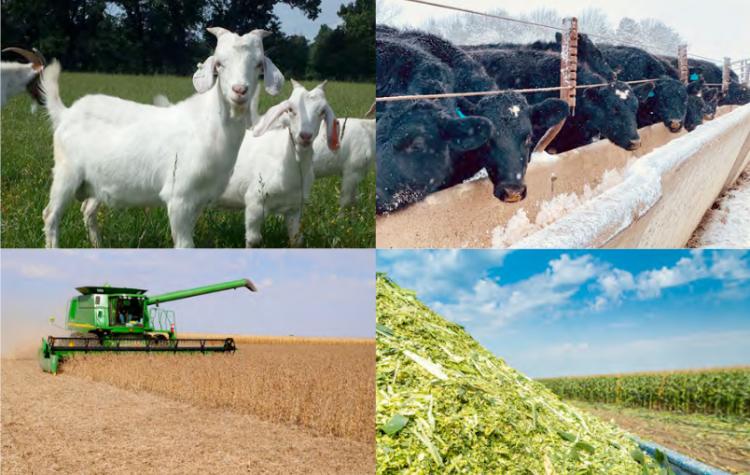COLUMBIA, Mo. – University of Missouri Extension has released its latest crop and livestock enterprise budgets tailored to help Missouri farmers and ranchers plan for a productive 2025.
MU Extension specialists have updated 38 budgets for farmers working with row crops, beef, swine, dairy, sheep, goats, forages and more. Region-specific budgets have also been developed for southeastern Missouri crops like cotton, peanuts and rice.
“As the 2024 production season wraps up, it is important for farmers to think ahead,” said Ryan Milhollin, MU Extension agricultural business specialist. “What does my farm plan to do in 2025? How do the financial projections look for my crop or livestock enterprises, and how will it affect my farm’s profitability overall?”
Milhollin says enterprise budgets are an important annual practice for farmers to frame out their estimated revenues and costs for each agriculture enterprise to ultimately understand the key drivers for their farms’ profitability.
“Some enterprise costs, like depreciation and opportunity costs, are noncash costs and easy to forget about,” said MU Extension agricultural economist Ben Brown. “In the short term, producers can delay these noncash costs in low-return environments but will have to address them eventually.”
Brown said the MU Extension enterprise budgets are designed to reflect Missouri’s growing conditions while still being fully customizable, letting farmers adapt the numbers to fit their unique operations and understand the potential returns.
“While the outlook for crops next year is bleak, small increases in crop prices or above-average yields create opportunities to be profitable,” said MU Extension ag business specialist Andrew Kientzy. “This year’s budget spreadsheet includes sensitivity tables that show the return to land and management at various yields and prices.”
Kientzy notes that for crop producers specifically, one of the largest input cost increases is for crop protection chemicals. This is due to both price increases and the quantity needed to combat resistance. Kientzy said farmers also should be aware of the depreciation costs incurred on their equipment.
On the livestock side, with expected reductions in feed and hay costs, producers could see some relief on operating expenses, said Adauto Rocha, MU Extension assistant professor in agricultural economics. “We’re also anticipating higher prices for replacement and feeder animals, consistent with USDA projections, which could impact costs for producers focused on herd expansion.”
Overall, Rocha said, the outlook is especially favorable for fall calving, pasture backgrounding and beef heifer planning enterprises, although results will vary based on individual production strategies.
MU Extension agricultural business specialists recommend that producers customize their enterprise budgets to ensure they reflect the most accurate cost of production in the end user’s specific circumstances.
“High input costs and narrow margins make it especially critical in 2025 to have the most accurate cost of production estimate possible,” Kientzy said.
The 2025 enterprise budgets are available in PDF and Excel formats at http://muext.us/MissouriAgBudgets.
